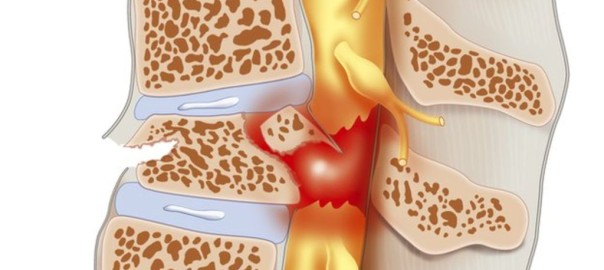Giving Spinal Cord Injury Victims A Real Hope

Damage to the spinal cord frequently results in a permanent loss of body functions that are controlled by nerves below the site of injury. Trauma to the spine from fractures, crush injuries, gunshot wounds, and knife stabbings are some of the possible causes of spinal cord injuries (SCIs). Non-traumatic causes include arthritis, inflammation, infection, tumors, and degenerative disk disease of the spine. Changes in strength and sensation are just the tip of the symptom iceberg. A spinal cord injury can affect every aspect of a person’s life, which is why there is great interest among scientists in the repair of spinal cord injuries.
Close to a quarter of a million Americans suffer life-altering SCIs every year. Inflammation and cell death in the spinal cord lead to severe neurological compromises. Depending on the location and severity of the injury, it can be classified as complete or incomplete. Signs and symptoms include loss of movement, loss of sensation, loss of bowel and bladder control, spasms and exaggerated reflexes, impaired sexual function, and difficulty breathing due to inability to clear secretions from the lungs. Paralysis from SCI can be either quadriplegia (also called tetraplegia)—in which the trunk, upper and lower extremities, and pelvic organs are affected—or paraplegia, where the trunk, pelvic organs, and lower extremities are paralyzed.
Stem cell therapy is a beacon of hope to people with spinal cord injuries. New literature in the Journal of the American Academy of Orthopedic Surgeons indicates that different types of stem cells can be used to limit cell death, stimulate the growth of healthy cells, and replace injured cells. Gregory D. Schroeder, MD, a clinical fellow in spine research at the Thomas Jefferson University Rothman Institute in Philadelphia indicates that basic research has shown promising results and clinical trials in human subjects are planned.
The authors of the literature review evaluated four basic types of stem cells and their role in spinal cord injury repair:
- Mesenchymal stem cells (MSCs), harvested from the bone marrow, have shown a mixed response in the recovery of function in patients with SCI. These stem cells inhibit the activation of the inflammatory response which causes cell death.
- Peripheral nervous system stem cells have shown promising results in limited studies with an improvement in sensation, but no effect on motor function. These stem cells secrete nerve growth factors which help nerve cells grow. They may also act as temporary replacement cells in the injured tissue.
- Embryonic stem cells, mired in ethical issues because they are obtained from human embryos, are the most resilient. They limit inflammation and promote cell growth. The use of embryonic stem cells in the treatment of SCIs has been very limited in humans.
- Induced pluripotent stem cells (iPSCs) are the new kids on the block. Derived from adult cells, they are under investigation for use in the treatment of SCIs, but no clinical studies have currently been completed. Animal models indicate that iPSCs match the benefits of embryonic stem cells without any of the controversies.
An ideal treatment protocol remains elusive and further research is needed, but the rapid evolution of stem cell therapy and initial research offers real hope for people with spinal cord injuries.
References:
https://www.sciencedaily.com/releases/2016/04/160429105533.htm
http://www.mayoclinic.org/diseases-conditions/spinal-cord-injury/basics/definition/con-20023837
Image courtesy of http://ichef-1.bbci.co.uk/


